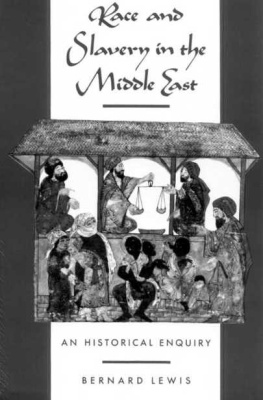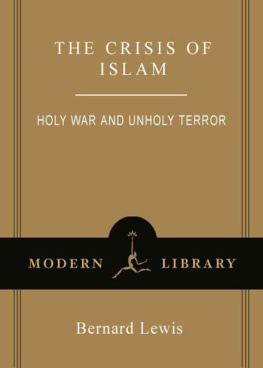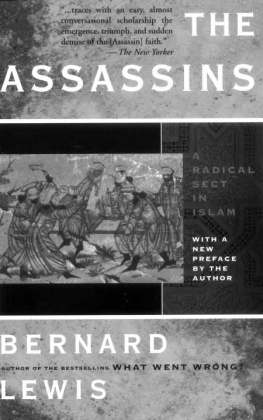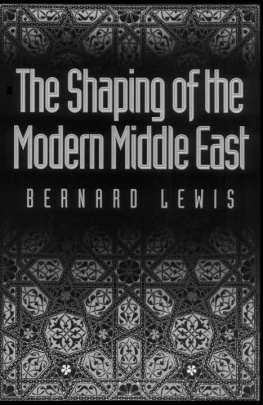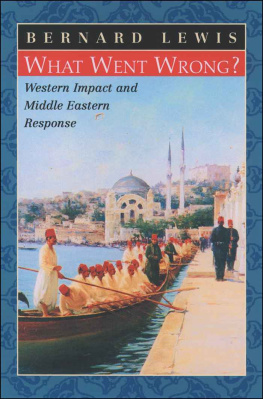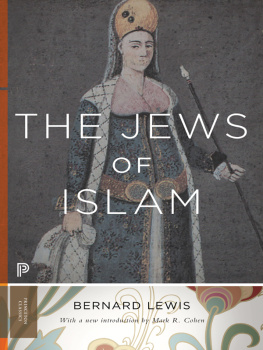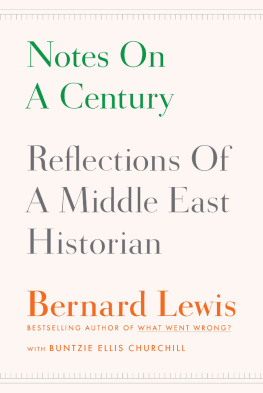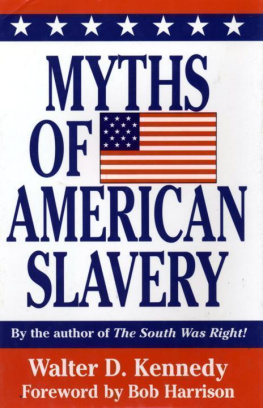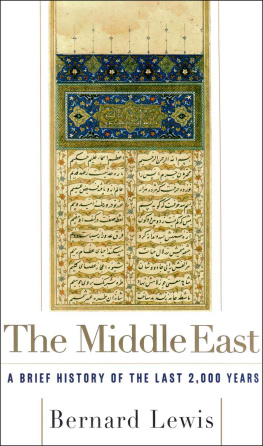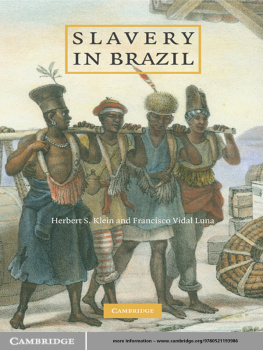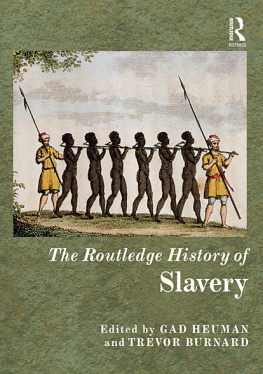Bernard Lewis - Race and Slavery in the Middle East: An Historical Enquiry
Here you can read online Bernard Lewis - Race and Slavery in the Middle East: An Historical Enquiry full text of the book (entire story) in english for free. Download pdf and epub, get meaning, cover and reviews about this ebook. year: 1990, publisher: Oxford University Press, USA, genre: Religion. Description of the work, (preface) as well as reviews are available. Best literature library LitArk.com created for fans of good reading and offers a wide selection of genres:
Romance novel
Science fiction
Adventure
Detective
Science
History
Home and family
Prose
Art
Politics
Computer
Non-fiction
Religion
Business
Children
Humor
Choose a favorite category and find really read worthwhile books. Enjoy immersion in the world of imagination, feel the emotions of the characters or learn something new for yourself, make an fascinating discovery.
- Book:Race and Slavery in the Middle East: An Historical Enquiry
- Author:
- Publisher:Oxford University Press, USA
- Genre:
- Year:1990
- Rating:5 / 5
- Favourites:Add to favourites
- Your mark:
Race and Slavery in the Middle East: An Historical Enquiry: summary, description and annotation
We offer to read an annotation, description, summary or preface (depends on what the author of the book "Race and Slavery in the Middle East: An Historical Enquiry" wrote himself). If you haven't found the necessary information about the book — write in the comments, we will try to find it.
With 24 rare and intriguing full-color illustrations, this fascinating study describes the Middle Easts culture of slavery and the evolution of racial prejudice. Lewis demonstrates how nineteenth century Europeans mythologized the region as a racial utopia in debating American slavery. Islam, in fact, clearly teaches non-discrimination, but Lewis shows that prejudice often won out over pious sentiments, as he examines how Africans were treated, depicted, and thought of from antiquity to the twentieth century.
If my color were pink, women would love me/But the Lord has marred me with blackness, lamented a black slave poet in Arabia over a millennium ago--and Lewis deftly draws from these lines and others the nuances of racial relations over time. Islam, he finds, restricted enslavement and greatly improved the lot of slaves--who included, until the early twentieth century, some whites--while blacks occasionally rose to power and renown. But abuses ring throughout the written and visual record, from the horrors of capture to the castration and high mortality which, along with other causes, have left few blacks in many Middle Eastern lands, despite centuries of importing African slaves.
Race and Slavery in the Middle East illuminates the legacy of slavery in the region where it lasted longest, from the days of warrior slaves and palace eunuchs and concubines to the final drive for abolition. Illustrated with outstanding reproductions of striking artwork, it casts a new light on this critical part of the world, and on the nature and interrelation of slavery and racial prejudice.
Bernard Lewis: author's other books
Who wrote Race and Slavery in the Middle East: An Historical Enquiry? Find out the surname, the name of the author of the book and a list of all author's works by series.

